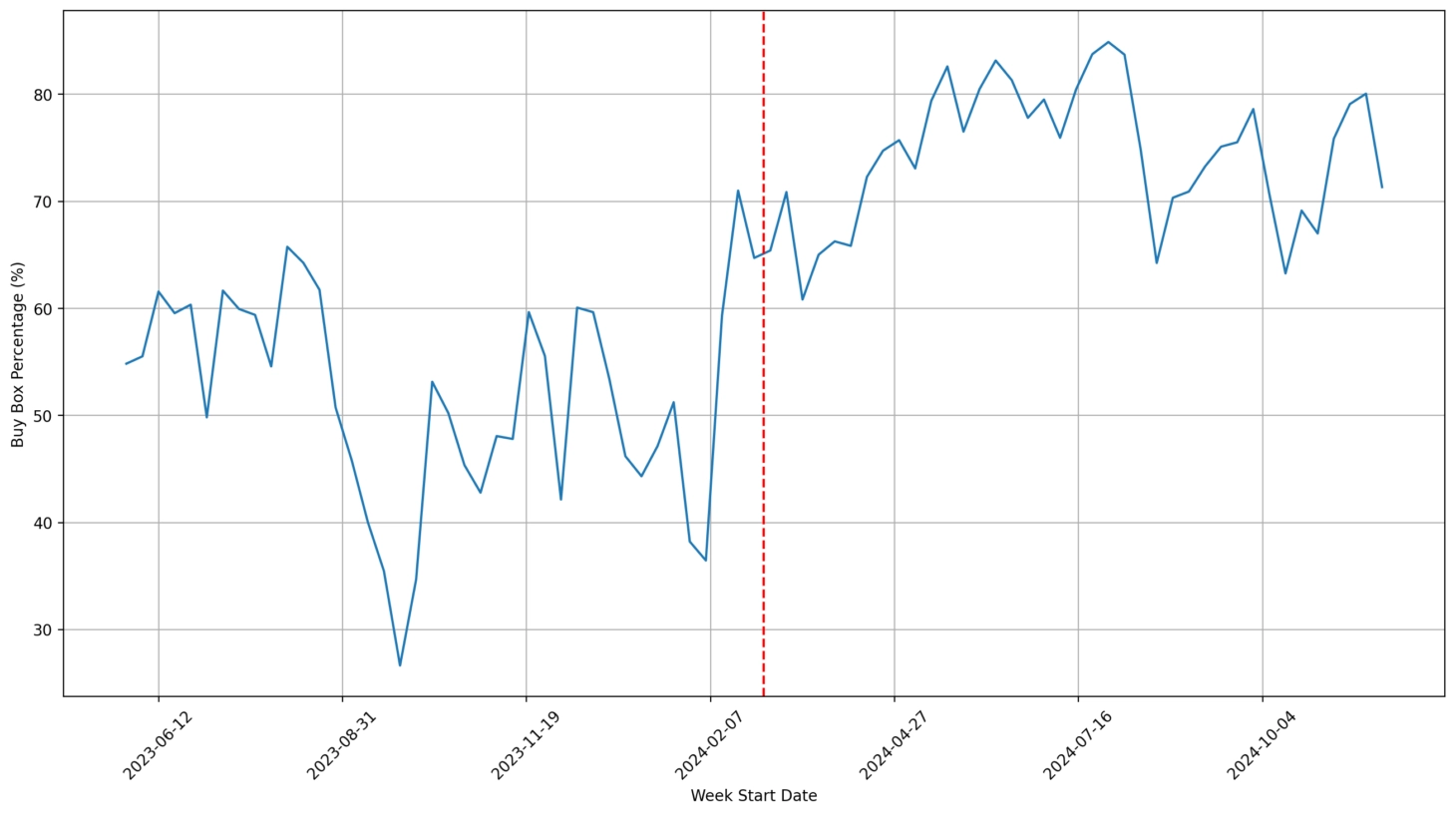A brand protection strategy that hinges solely on takedowns offers only fleeting relief and exposes your business to legal risks. In today’s fast-paced e-commerce landscape, you need more than reactive removals to maintain lasting control and safeguard your revenue.
In the fast-paced world of e-commerce, protecting your brand from unauthorized sellers is critical to maintaining revenue, reputation, and control over your marketplace presence. Many brand protection firms lure businesses with promises of instant results, claiming they can swiftly eliminate all unauthorized sellers through aggressive takedown strategies. However, a brand protection strategy that relies solely on takedowns is not only inefficient but often counterproductive, delivering short-lived results and exposing brands to legal and financial risks.

The False Promise of Instant Takedowns
Some brand protection companies pitch a silver bullet: file complaints to remove unauthorized sellers instantly. This approach often involves submitting counterfeit or copyright infringement claims to platforms like Amazon. While it may sound appealing, this tactic is akin to fool’s gold. False or poorly substantiated complaints can backfire spectacularly. Amazon seller lawyers specialize in challenging these claims, and brands risk lawsuits for damages if a seller’s account is wrongfully suspended. Such legal battles can erode trust, drain resources, and tarnish a brand’s reputation.
The Limits of Policy-Based Complaints
Another common tactic is filing Amazon policy complaints, such as violations of terms of service. While these complaints may yield low to moderate success, they rarely provide a lasting solution. Sellers can often reinstate their listings by providing invoices or other documentation to Amazon, proving their legitimacy. Once reinstated, these sellers resume their activities, leaving brands back at square one. This cycle of takedowns and reinstatements frustrates brands and fails to address the root causes of unauthorized selling.
The Short-Lived Success of Takedown Strategies
Brands that rely on takedown-focused firms often experience a brief period of success. Unauthorized listings may disappear temporarily, and the brand may regain control of the Buy Box. However, this victory is fleeting. As sellers reinstate their listings or new sellers emerge, revenue and Buy Box control slip away again. The reactive nature of takedowns does nothing to prevent unauthorized sellers from reappearing, resulting in a costly game of whack-a-mole.
You may want to read Reactive vs Proactive Enforcement: A Winning Strategy for Grey Market Control
A Smarter Approach: Cease & Desist and Proactive Strategies
The most effective brand protection strategies combine enforcement with proactive measures to address unauthorized selling at its core. A well-executed cease and desist (C&D) campaign can eliminate 70-80% of problematic sellers, including those with arbitrage inventory, dropshippers, or authorized accounts selling online without permission. C&D letters are a powerful tool to enforce compliance without escalating to risky takedown complaints. For maximum protection, enroll in Amazon Brand Registry.
For the remaining 20-30% of stubborn sellers—often those with significant inventory—deeper investigation is required. Identifying these sellers and tracing the source of their product allows brands to tackle the issue at the supply chain level. By addressing leaks in distribution channels or unauthorized wholesalers, brands can prevent inventory from reaching these sellers in the first place. This proactive approach disrupts the cycle of unauthorized selling and delivers sustainable results.

Buy Box percentage over time before (reactive strategy) and after (proactive strategy); growth achieved by Brand Alignment through a proactive approach. The red dashed line marks the start of proactive measures.
Beware of Empty Promises
Brand protection firms that promise to “take down all unauthorized sellers” often overpromise and underdeliver. Their aggressive, takedown-only strategies may yield quick wins but fail to address the underlying issues fueling unauthorized sales. Worse, they can expose brands to legal risks and reputational damage. Before partnering with a brand protection firm, scrutinize their approach. Look for a balanced strategy that prioritizes long-term control over short-term fixes.
Conclusion
A takedown-only brand protection strategy is a flawed and inefficient approach that delivers diminishing returns. To truly safeguard your brand, adopt a comprehensive strategy that blends cease and desist enforcement with proactive supply chain management. By addressing both the symptoms and sources of unauthorized selling, brands can achieve lasting control over their marketplace presence, protect their revenue, and avoid the pitfalls of overly simplistic solutions. Don’t fall for the allure of quick fixes—invest in a strategy that works smarter, not harder.
Act Now with a Proactive Approach for Lasting Results
Don’t settle for short-lived takedowns. Partner with Brand Alignment to deploy a proactive brand protection strategy that combines cease & desist enforcement and supply-chain investigations, so you can lock down your revenue, reputation, and Buy Box control for good.





